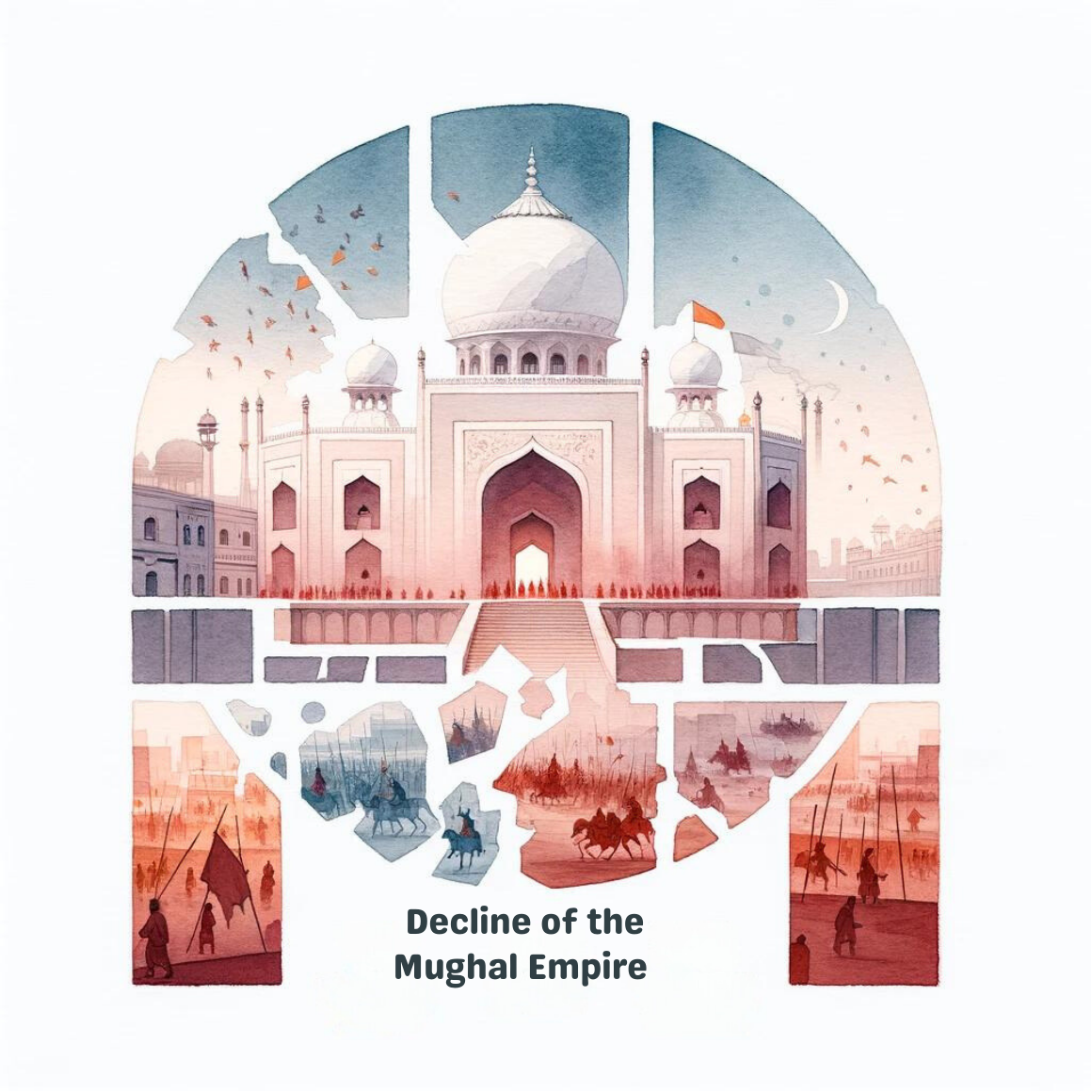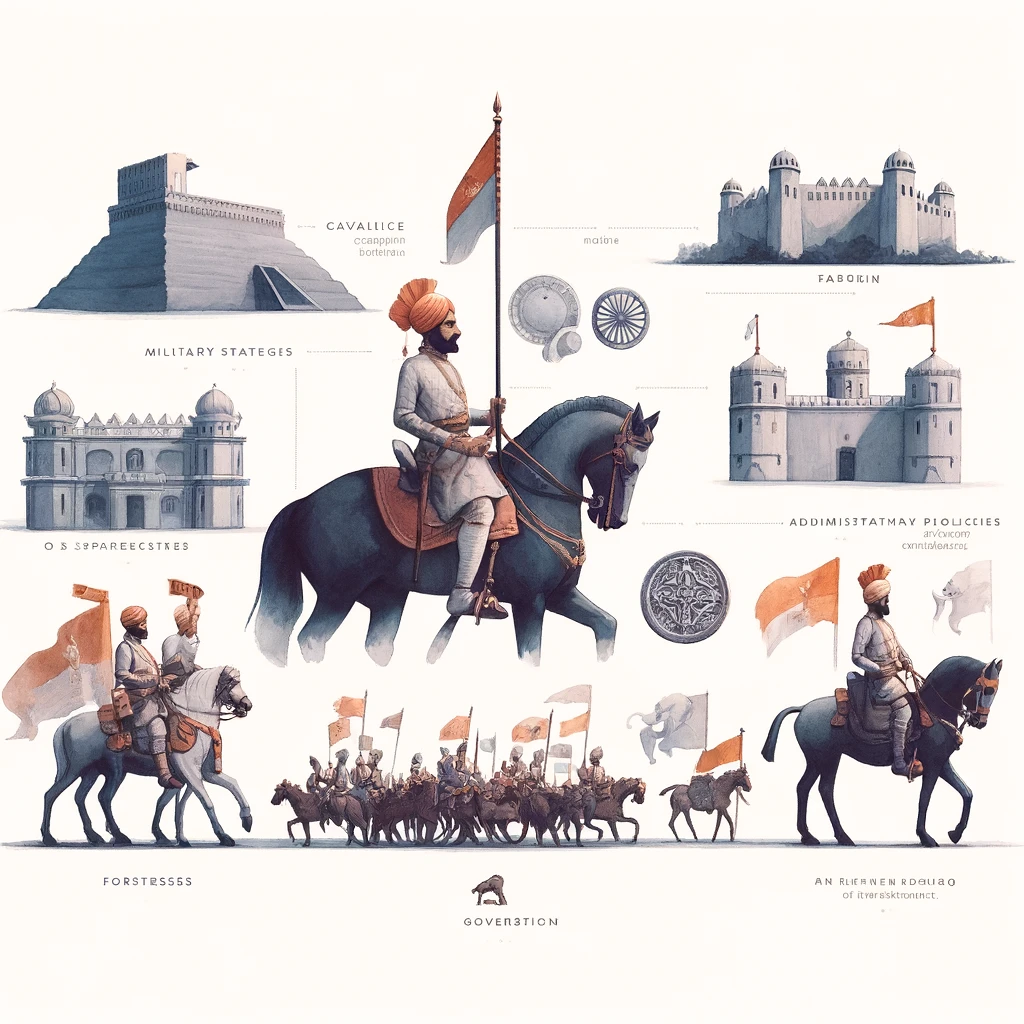Vijayanagara Empire: South Indian Culture
The Vijayanagara Empire, one of the most prominent and culturally significant kingdoms in South Indian history, flourished from the mid-14th century to the mid-17th century. This empire was a beacon of culture, administration, and art, representing a golden era in South India’s medieval history.
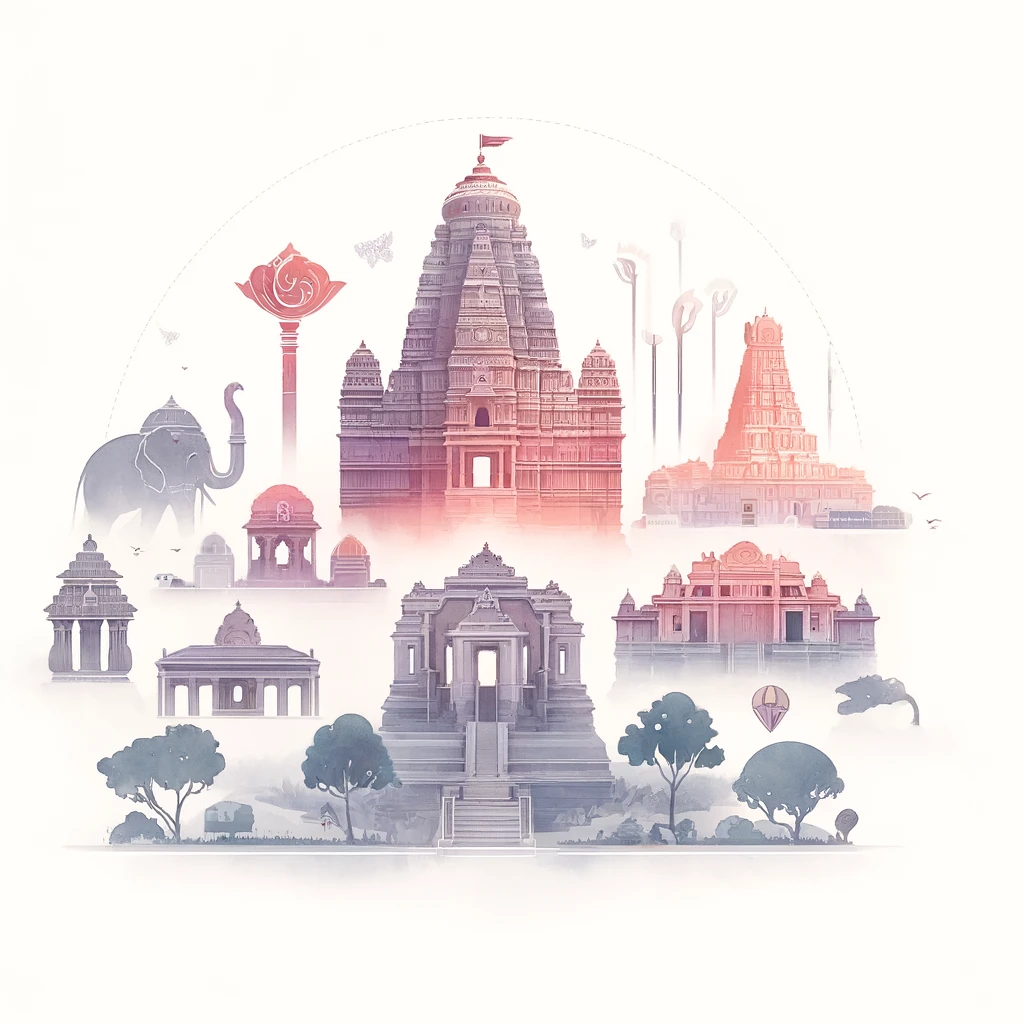
Rise of the Vijayanagara Empire
The Vijayanagara Empire was established in 1336 by Harihara I and Bukka Raya I of the Sangama dynasty. These founders were originally commanders in the service of the Hoysala Empire, which was in decline due to invasions by the Delhi Sultanate. Thus, the need to protect the southern territories from these invasions prompted the establishment of a strong, centralized empire, which became known as Vijayanagara, named after its capital city.
Administrative Setup
The administrative framework of the Vijayanagara Empire was highly organized and efficient, contributing to its longevity and stability.
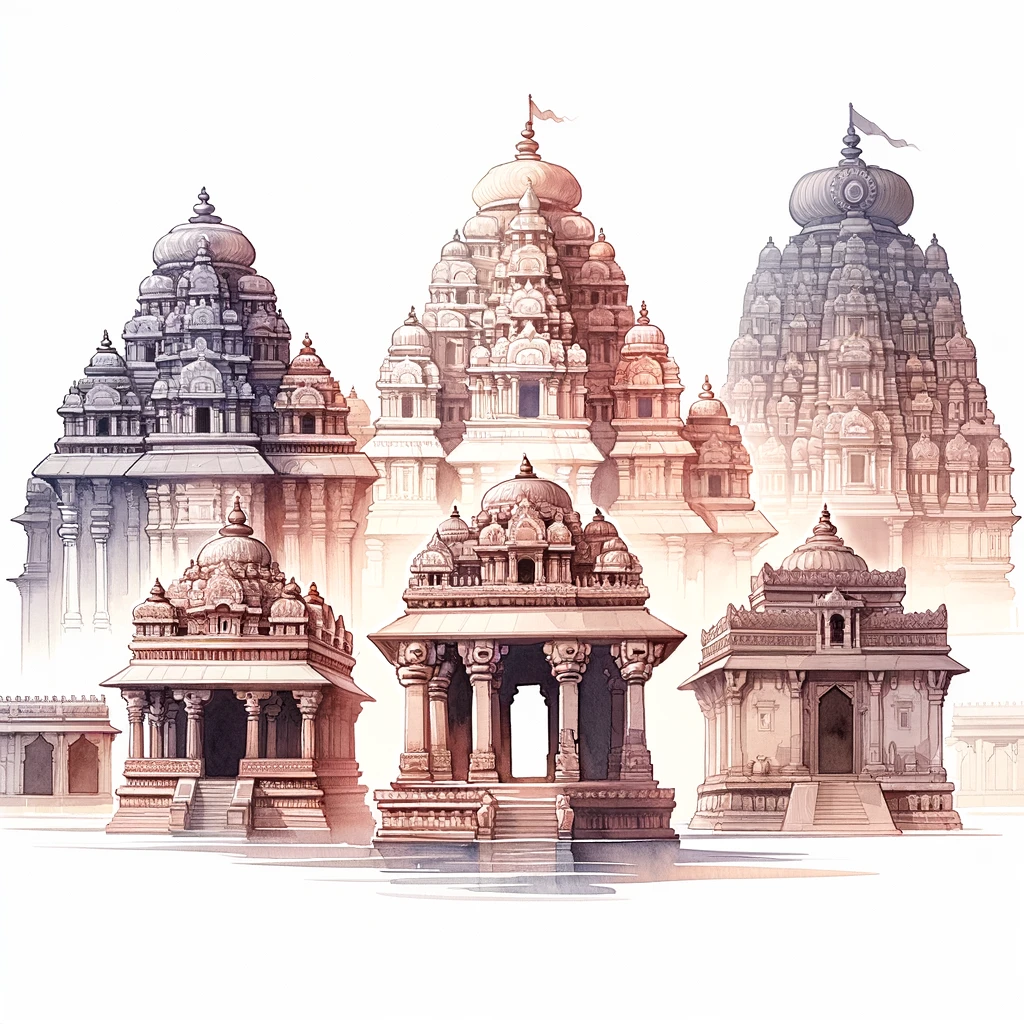
- Central Administration: The king was the supreme authority, assisted by a council of ministers. The administration was centralized, with the king holding absolute power over military and civil affairs.
- Provincial Administration: The empire was divided into provinces called ‘Rajyas,’ which were further subdivided into districts known as ‘Nadus.’ Each Rajya was governed by a Nayaka (governor), who was responsible for maintaining law and order, collecting taxes, and overseeing local administration.
- Revenue System: The revenue system was well-structured, with land revenue being the main source of income. The land was classified based on its fertility, and taxes were levied accordingly. Moreover, the empire collected taxes from trade, particularly from the flourishing ports along the western coast.
Contributions to Art, Literature, and Culture
The Vijayanagara Empire made significant contributions to South Indian art, literature, and culture, leaving a lasting legacy that continues to be admired.
- Architecture: The empire is renowned for its distinctive architectural style, which is evident in the ruins of Hampi, the capital city. The Vijayanagara architectural style is characterized by grandiose temples, intricate carvings, and massive structures. Notable examples include the Virupaksha Temple, Vittala Temple, and the Lotus Mahal.
- Literature: The Vijayanagara period was a golden age for literature, particularly in Telugu, Kannada, Tamil, and Sanskrit. The kings themselves were patrons of literature and encouraged poets and scholars. Additionally, prominent literary figures of the time include Allasani Peddana, Tenali Ramakrishna, and Purandaradasa.
- Music and Dance: The empire was a major center for the development of classical Carnatic music and Bharatanatyam dance. The court supported musicians and dancers, and this patronage played a crucial role in the evolution of these art forms.
- Painting and Sculpture: The Vijayanagara Empire also saw the flourishing of painting and sculpture. Frescoes in temples and palaces depicted religious themes, daily life, and royal court scenes. Moreover, sculptures were marked by intricate detailing and artistic excellence.
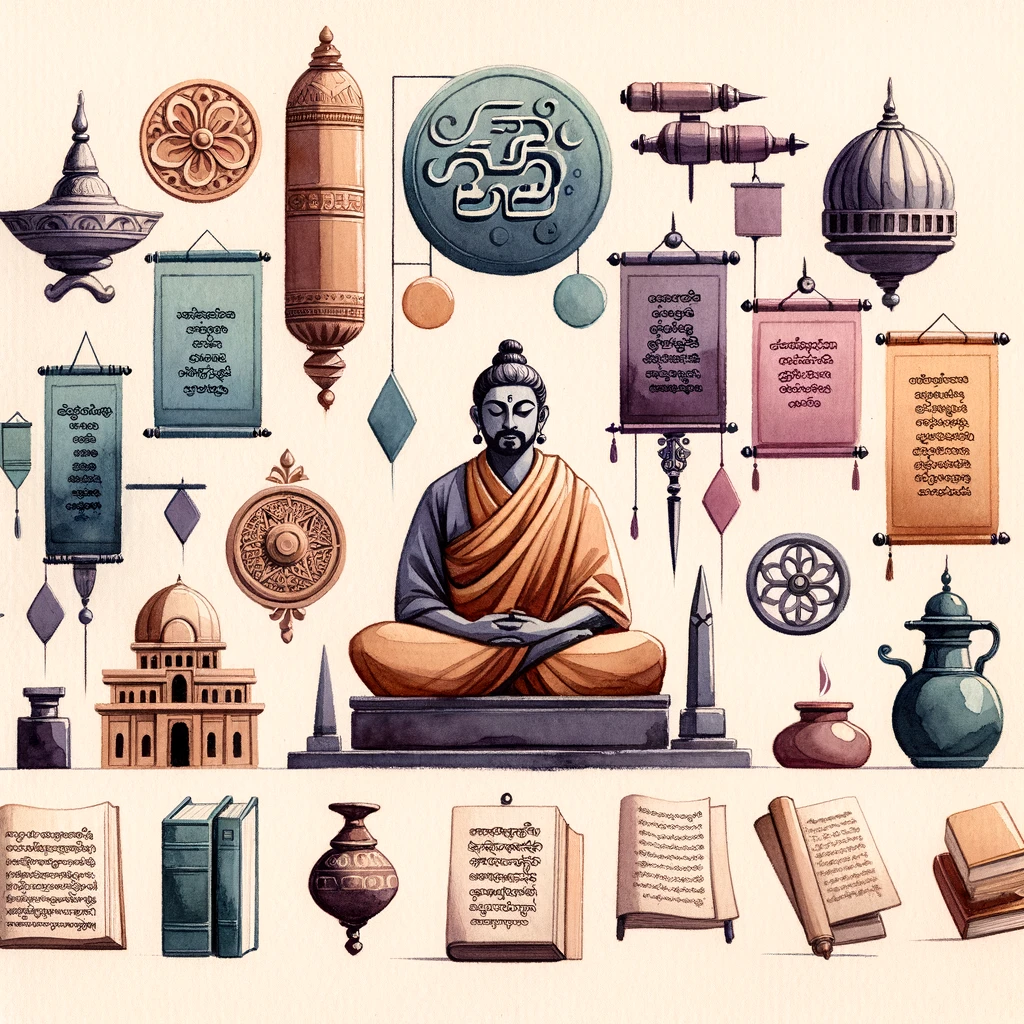
Fall of the Vijayanagara Empire
The decline of the Vijayanagara Empire began in the late 16th century. The Battle of Talikota in 1565, where the combined forces of the Deccan Sultanates defeated the Vijayanagara army, marked a significant turning point. Following this defeat, the capital city of Hampi was sacked, leading to the empire’s gradual disintegration. Despite its fall, the legacy of the Vijayanagara Empire endures. Its contributions to administration, culture, and art continue to be celebrated, making it a pivotal chapter in the history of South India.

